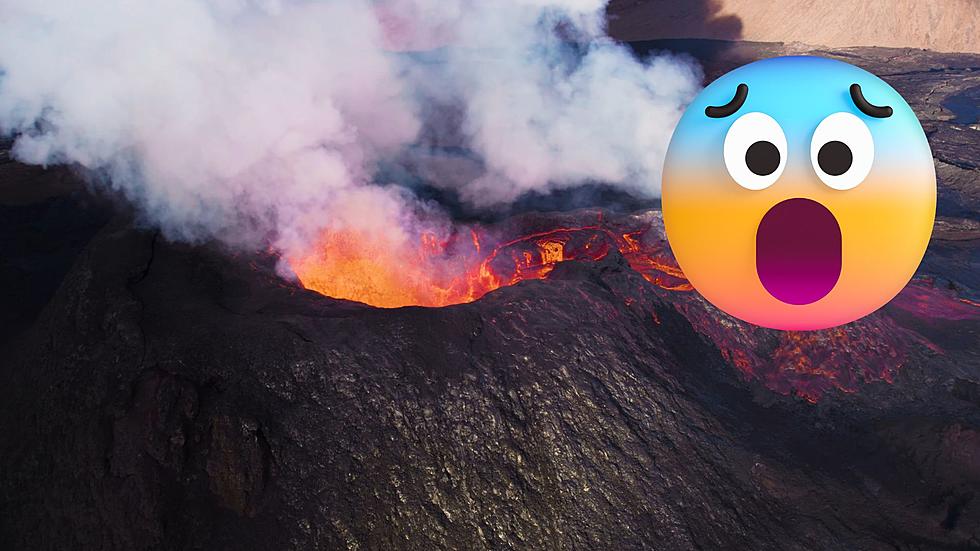
What to Do If a Tornado Touches Down in North Dakota
Tornadoes are one of nature's most violent phenomena, and North Dakota, while not in the heart of Tornado Alley, still experiences these destructive storms. Knowing what to do when a tornado touches down can save lives.
Here are the essential steps to take, according to Ready.gov:
Seek Immediate Shelter
The moment you receive a tornado warning or see a tornado, seek shelter without delay:
- Basements: The safest place is an underground basement or storm cellar. If you have one, go there immediately.
- Interior Rooms: If a basement is not available, head to a small, windowless room on the lowest floor, such as a bathroom or closet. Use a sturdy table for added protection, if available.
If You Live in a Trailer House
Mobile homes are extremely vulnerable during tornadoes. If you live in a trailer house:
- Evacuate: Leave the mobile home and seek shelter in a nearby sturdy building immediately. Trailer homes cannot withstand the force of a tornado.
- Pre-Plan: Know the location of the nearest sturdy building or storm shelter. Make arrangements with neighbors or friends if you do not have a personal safe spot.
- Outdoor Shelter: If there is no time to reach a sturdy building, lie flat in a nearby ditch or low-lying area, covering your head with your hands.

Protect Yourself from Debris
Flying debris poses significant danger during a tornado.
- Cover Your Head and Neck: Use pillows, mattresses, or blankets to shield yourself. Helmets are highly recommended if they are accessible.
- Stay Low and Under Cover: Crouch down and cover your head and neck with your arms. If possible, get under a sturdy piece of furniture to protect yourself from falling debris.
Stay Informed
Reliable information is critical during a tornado:
- Weather Alerts: Keep a battery-powered NOAA weather radio with you to receive continuous updates. Mobile phones with emergency alert systems can also provide real-time information.
- Local News: Tune in to local news stations for the latest updates and instructions.
Avoid Windows
Windows can shatter due to high winds and debris.
- Stay Away from Windows: Do not try to look outside to see the tornado. Stay in your designated safe area until the threat has passed.
Have an Emergency Kit Ready
Prepare an emergency kit that includes:
- Essential Supplies: Water, non-perishable food, a flashlight, extra batteries, a first-aid kit, medications, and important documents.
- Communication Tools: A fully charged cell phone with backup batteries or a power bank is crucial for post-storm communication.
After the Tornado
Even after the tornado has passed, remain cautious.
- Wait for Official All-Clear: Do not leave your shelter until authorities declare it safe.
- Check for Hazards: Be aware of structural damage, gas leaks, and downed power lines. Contact emergency services if you detect any hazards.
Preparation and swift action are crucial when dealing with tornadoes. By following these guidelines, North Dakotans can significantly enhance their safety during these violent storms.
KEEP READING: What to do after a tornado strikes
LOOK: The most expensive weather and climate disasters in recent decades
Gallery Credit: KATELYN LEBOFF
More From KEYZ AM 660









